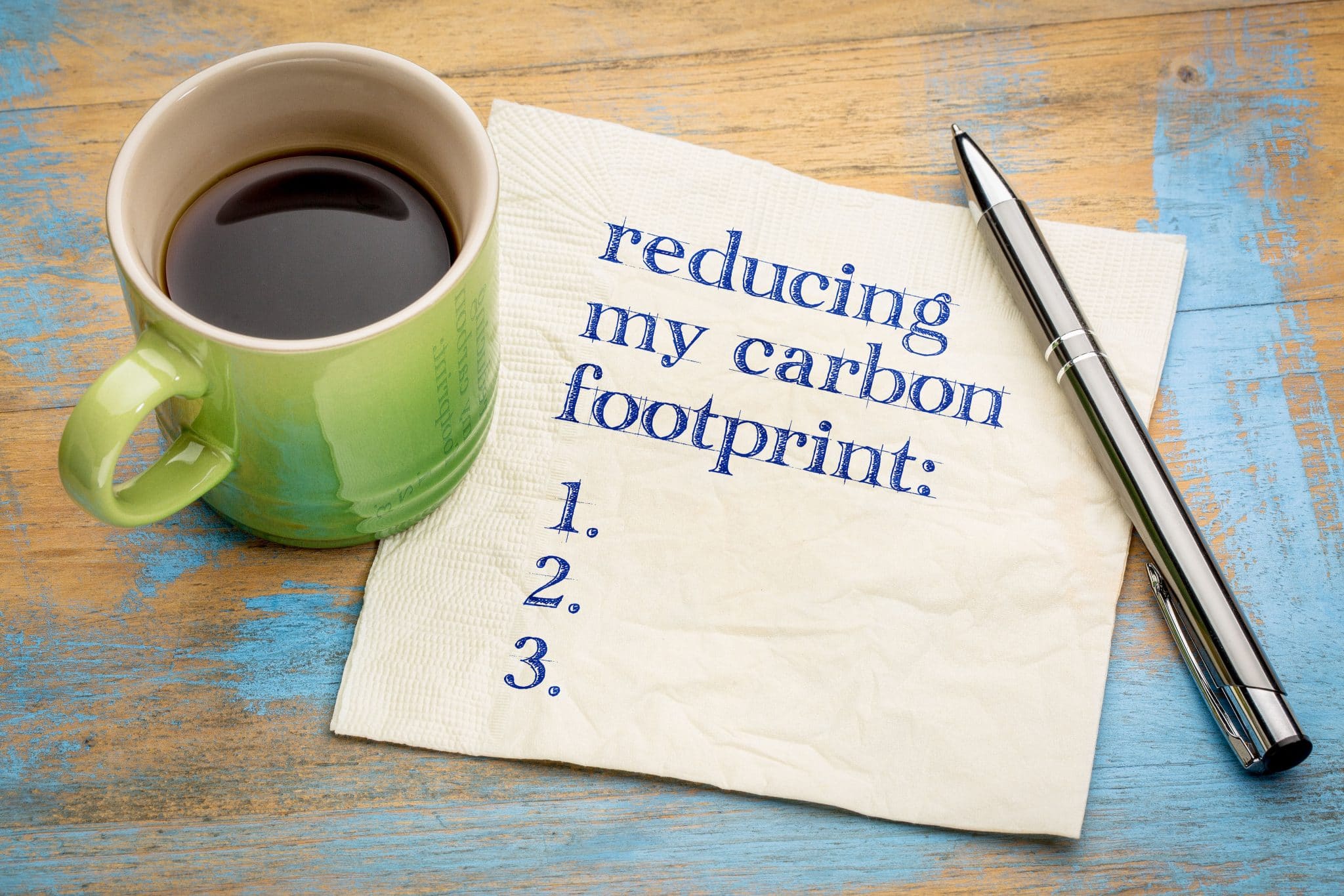The world is moving swiftly to achieve goals of significantly reducing the impact of climate change. Carbon dioxide emissions in the atmosphere have accelerated the effects of global warming. With governments, manufacturers, and environmentally conscious individuals alike taking action, the real question remains, is it possible to have a zero-carbon footprint?
What is a carbon footprint?
The New York Times defines a carbon footprint as the total amount of greenhouse gas emissions that come from production, use, and end of life of a product or service. Carbon dioxide is the most common gas emitted by human activity and unfortunately is the greatest heat-trapping gas in the atmosphere. Every person on earth leaves a carbon footprint, from daily activities in the home and transportation to food consumption. Turning off the lights in an unoccupied room or carpooling stems from the concept of reducing the carbon footprint.
Can the carbon footprint be reduced?
Efforts at zero carbon emissions are growing vigorously especially through non-governmental organizations focused on tackling climate change. Reducing carbon waste requires consistency in adhering to practices, making them a part of one’s lifestyle.
- Reduce, reuse, recycle are the 3 Rs that have been preached for decades. They have even been expanded to include refusal of single-use paper and plastic, as well as using rotting food scraps for compost.
- Driving and owning a car is aspirational for many, yet the exhaust emitted from cars is suffocating the earth and its people. Driving less, using public transportation, biking, and even families carpooling to locations in the same vicinity reduce the amount of carbon dioxide emissions at that given time.
- Water conservation is pivotal because water holds the key to life. Though the planet is comprised of about 71% water, not all of it is fit for consumption. Taking shorter showers, turning off the tap after use and the avoidance of flushing garbage down the toilet are effective measures. Volunteering to clean up the waterways is also proactive in cleaning the water supply.
- Plant-based meals do not require the energy taken at manufacturing plants. Processed foods use up a ton of water and contribute to carbon dioxide emissions.
- Renewable energy sources are the saving grace to the finite fossil fuel resources. The fuels also emit harmful greenhouse gases including carbon dioxide. Luckily, there is no shortage of solar or wind power making them viable renewable energy sources.
Is it possible to have a zero-carbon footprint?
The ultimate goal underpinning the aforementioned actions is to have a zero-carbon footprint. Given how deeply connected everyday actions are with carbon emissions, the thought seems almost impossible. However, by regulation of activities and a realistic timeline, countries of the world can work towards having a zero-carbon footprint. In 2019, the United Kingdom outlined its plans to become the first economy among the Group of 7 (G7) with net-zero carbon emissions by 2050. The UK has seen steady progress in reducing its carbon footprint since 1990 when emissions were alarmingly high. Banning petrol vehicles, reducing dairy and meat production are among the most stringent measures implemented to achieve the goal.
The uncertainty about zero carbon emissions remains debatable, however extreme policing of lifestyle choices over the next few decades can yield favorable results for the environment.












